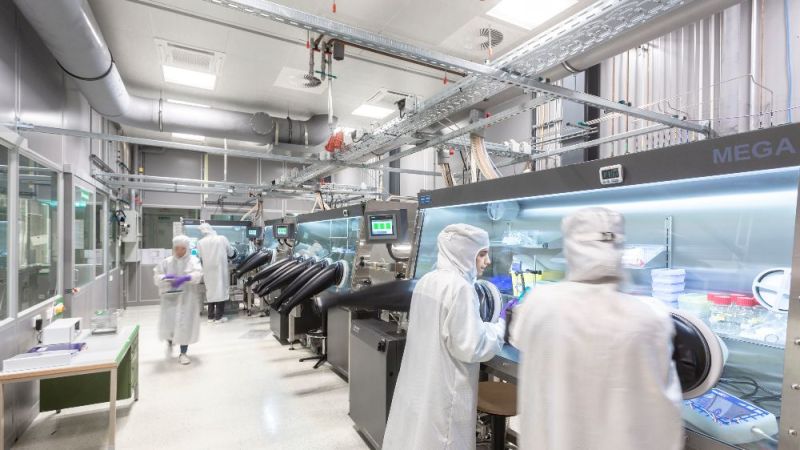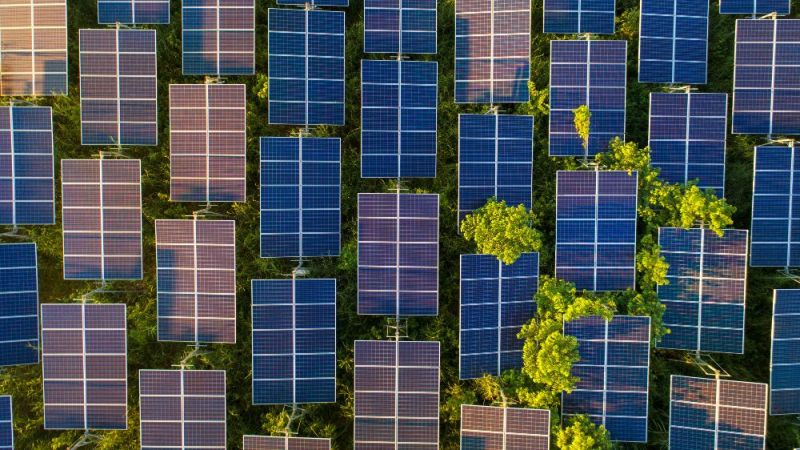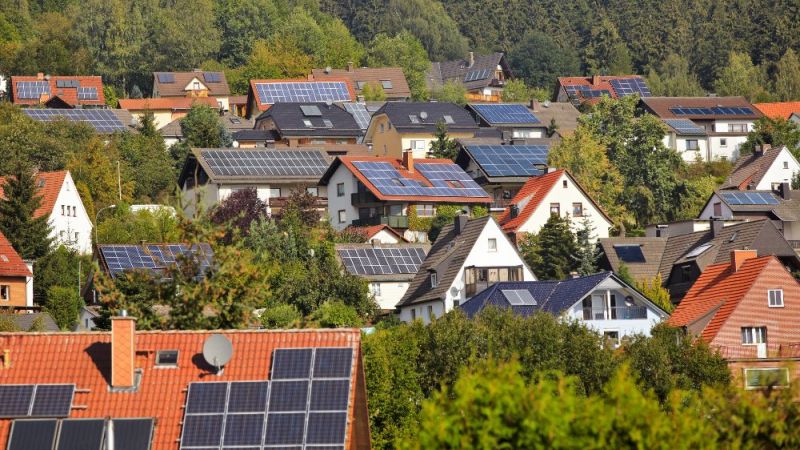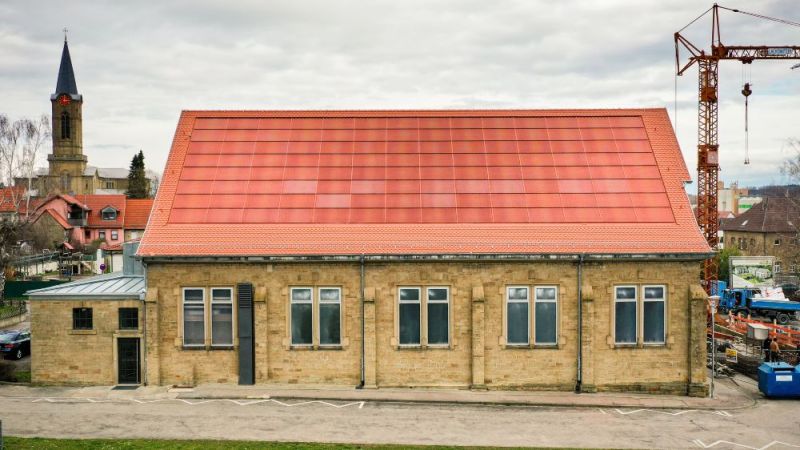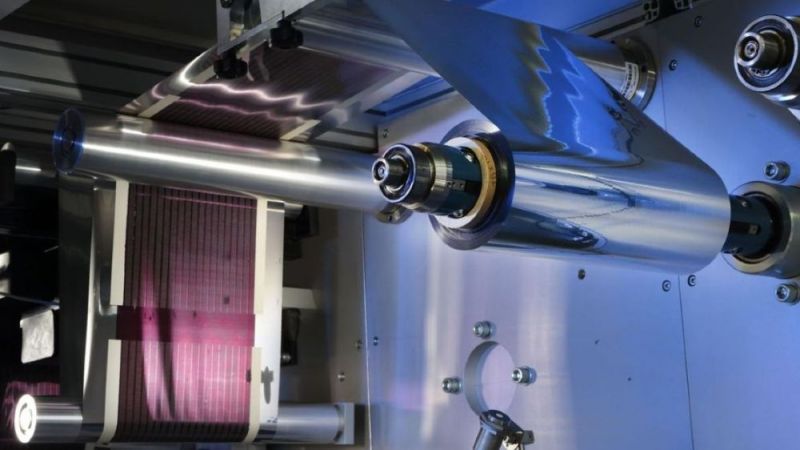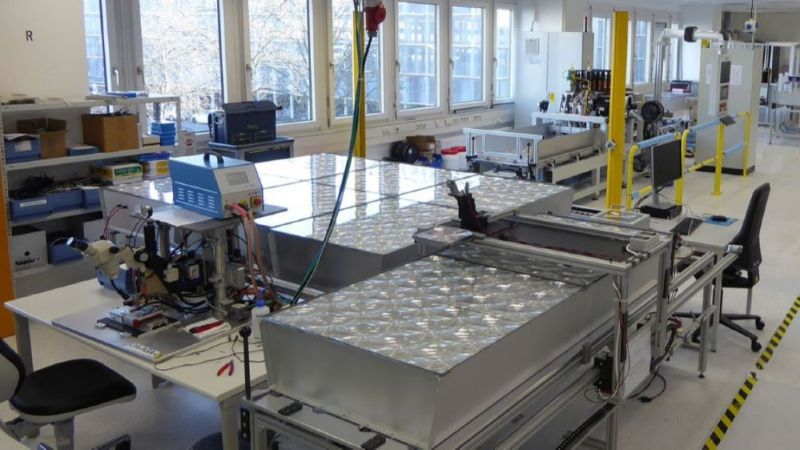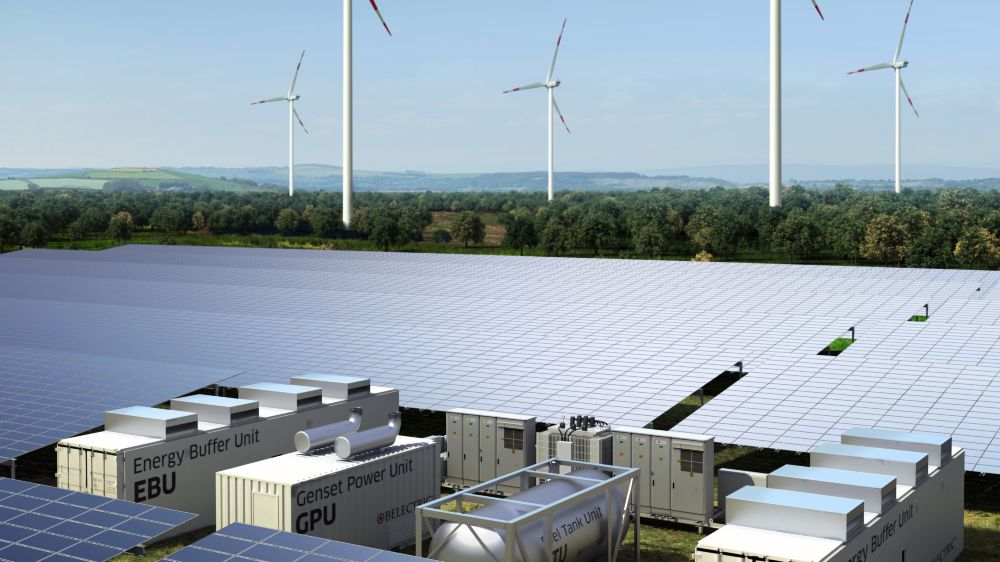
Development of new markets
Future photovoltaic (PV) power plants must increasingly contribute to the stabilisation of the power grid – thus, they must take over functions which have so far been carried out by conventional power plants. Electricity generation at large-scale solar power plants is particularly efficient and cost-effective and can successively replace fossil power plants on the interconnected grid. Decentralised PV systems, in turn, offer the attractive option of generating consumer-oriented electricity and using large parts to cover own electricity requirements at low cost. In both cases, the decisive factor is interaction between all generators and consumers in the grid, which will also involve storage technologies in the future. To this end, the ‘System integration’ funding area has been set up.
As regards the PV systems themselves, the focus is on yield forecasting which will minimise investment risks and guarantee secure power supply. This also relates to new control and regulation systems. The aim is to further reduce the specific costs of the applied power electronics although they must fulfil additional functions relating to grid integration. Due to the high complexity and great differences between concrete individual application cases, this presents a great challenge.
In parallel to grid-connected photovoltaic systems, environmentally friendly power supply in isolated grids or off-grid systems must also be investigated since the global application potential is significant, power can be supplied on a cost-effective basis and considerable savings of fossil energy sources can be achieved at the same time.
Improved service life and quality assurance measures at the system level are essential factors ensuring reliable energy provision. In this area, the focus is on the analysis of degradation mechanisms and the associated development of adapted measurement and simulation technology as well as aspects of automated system maintenance.


